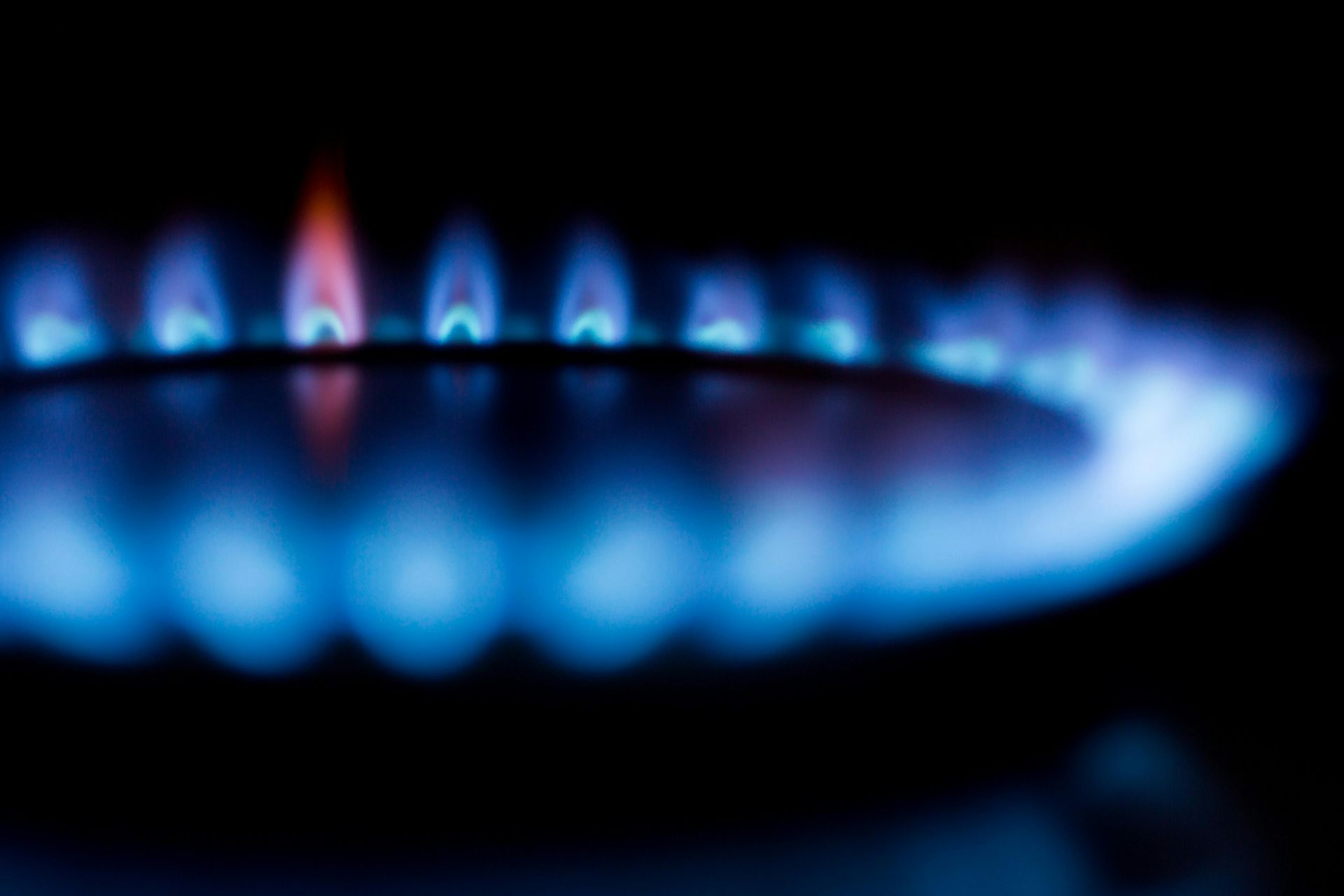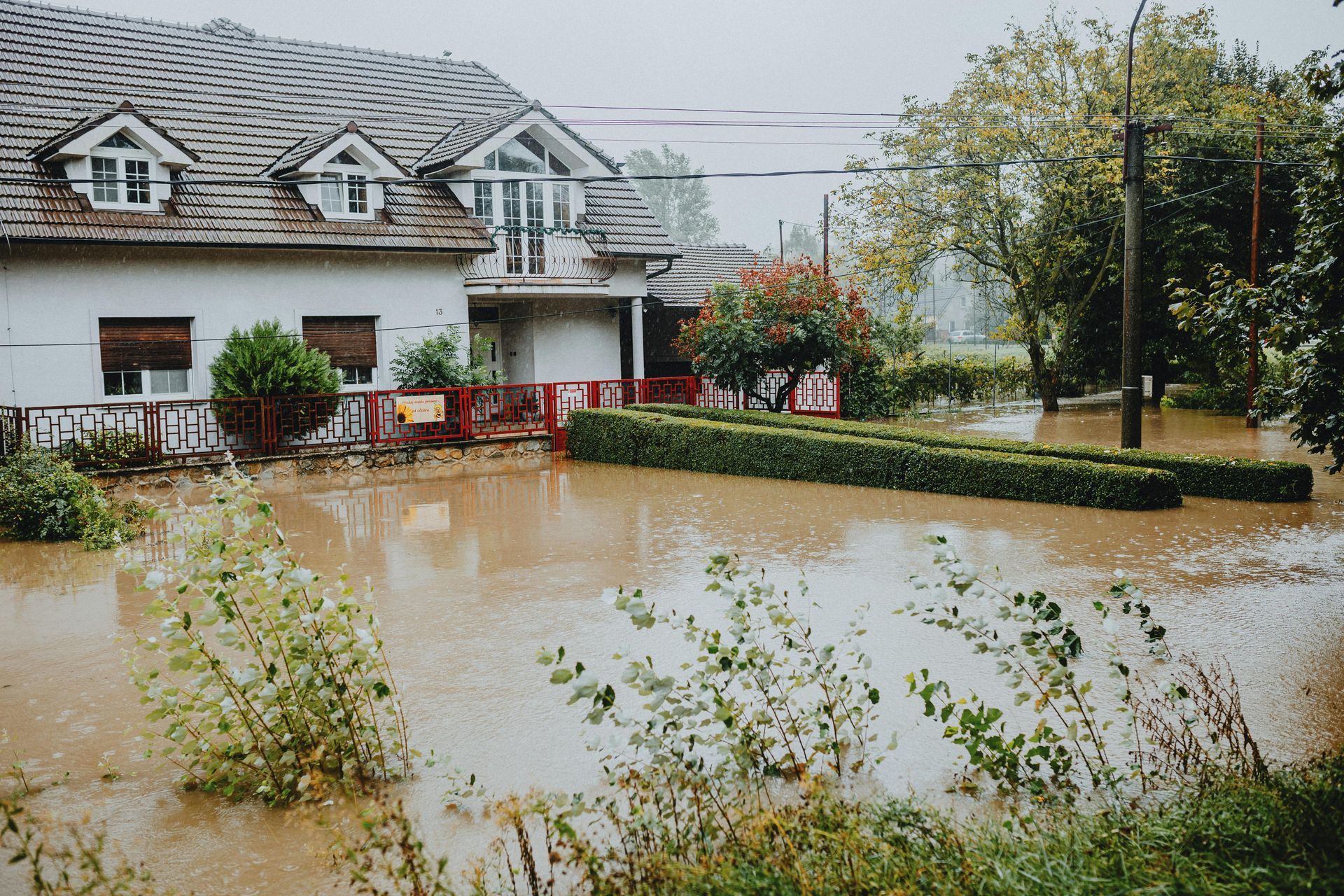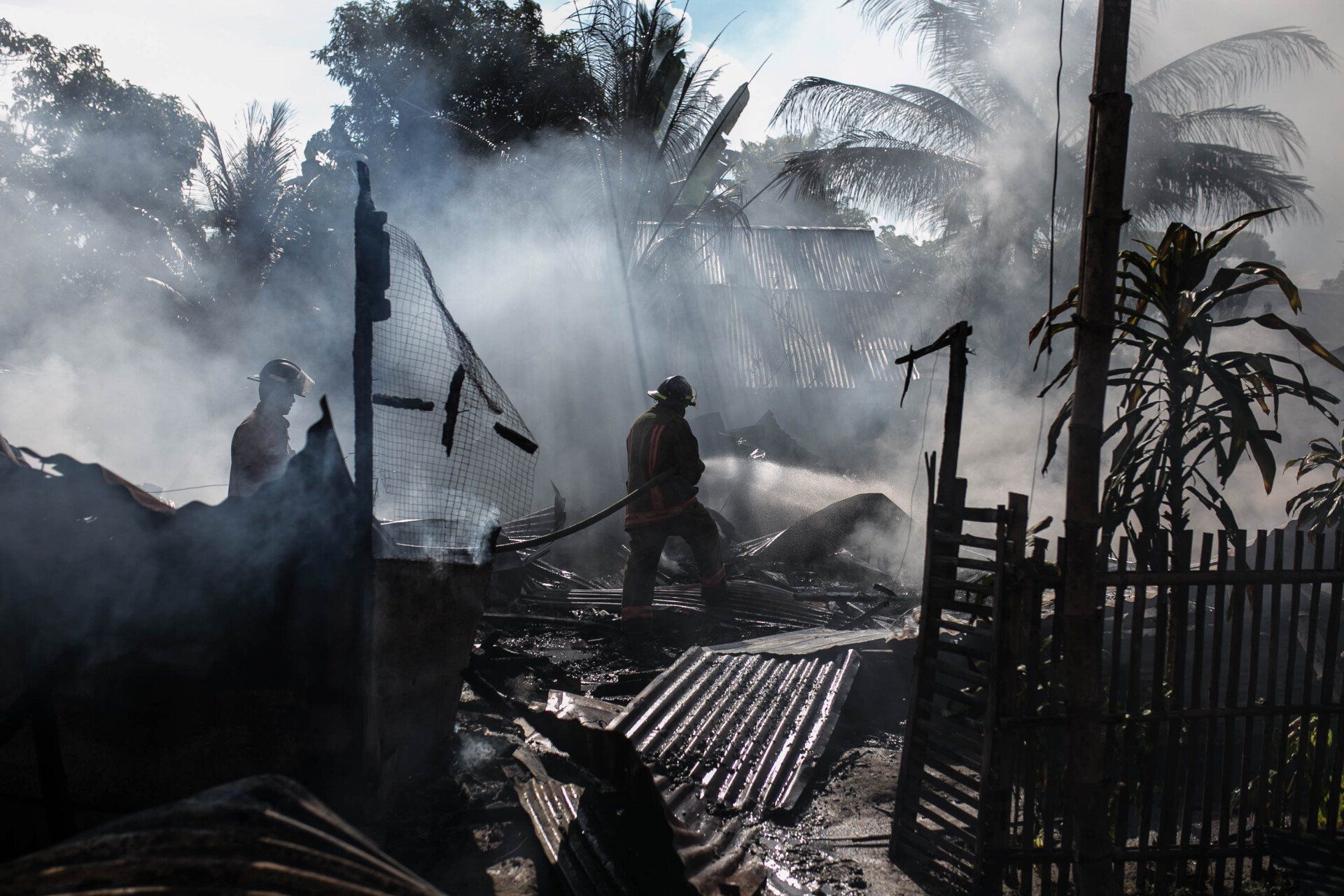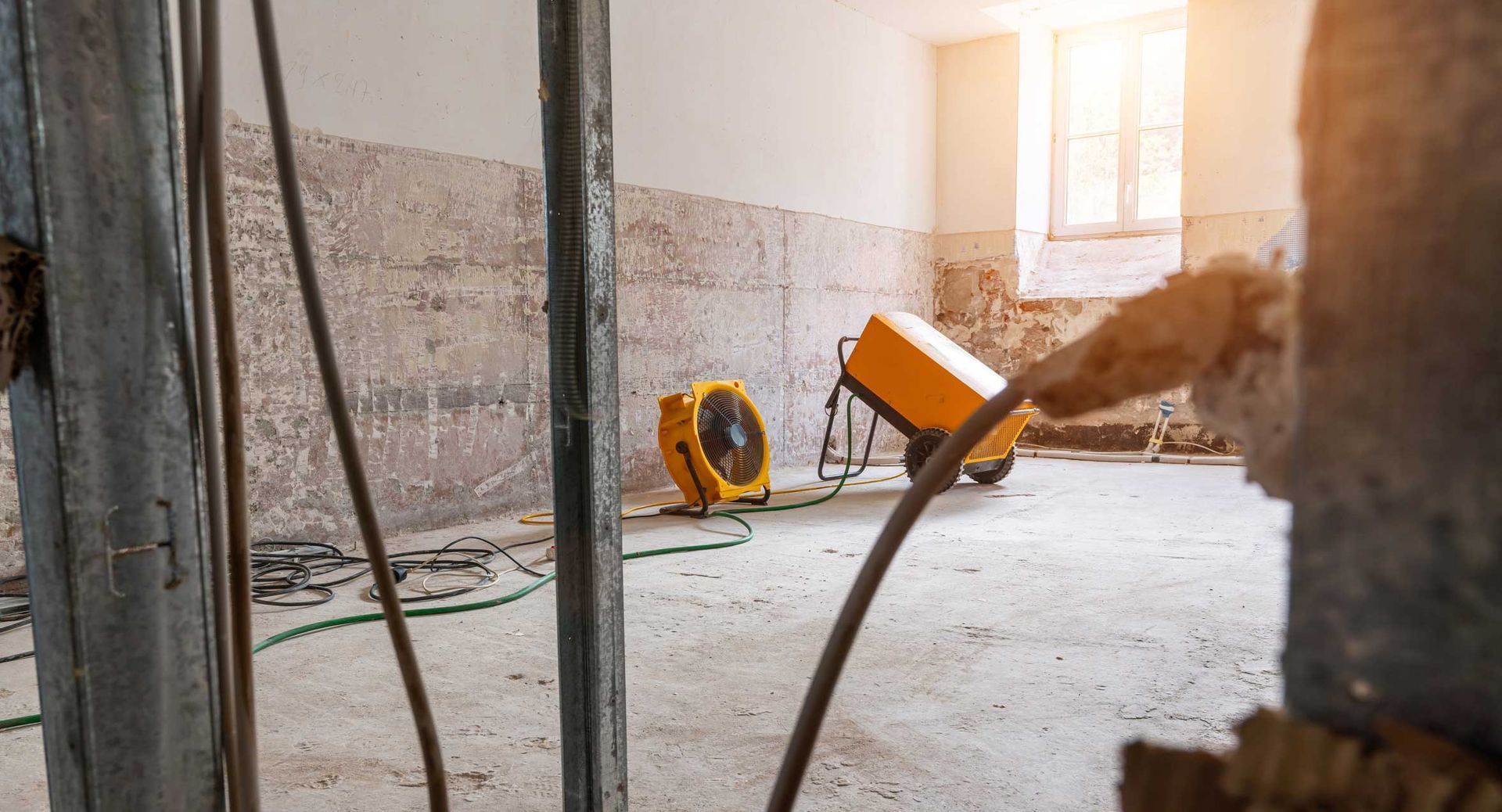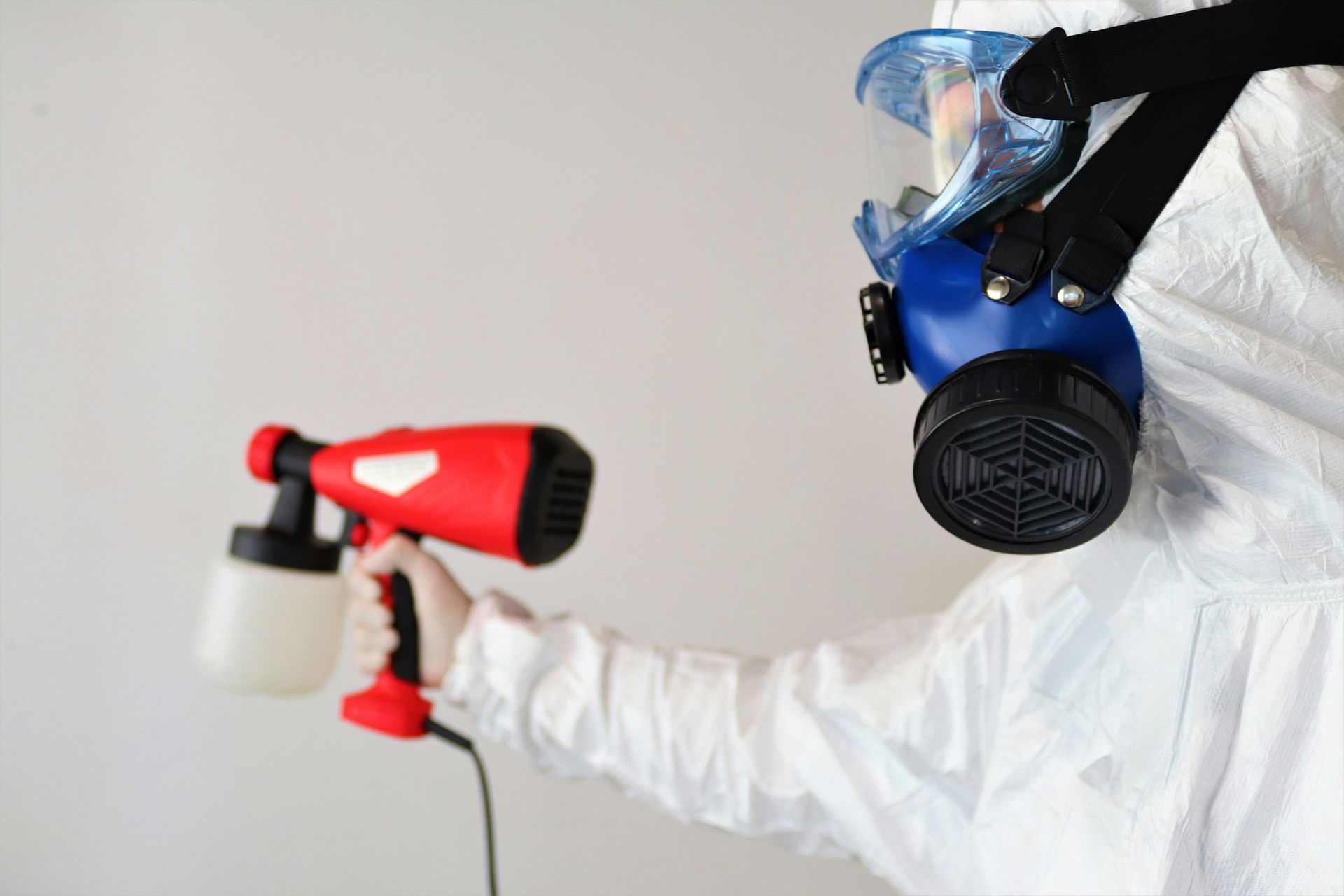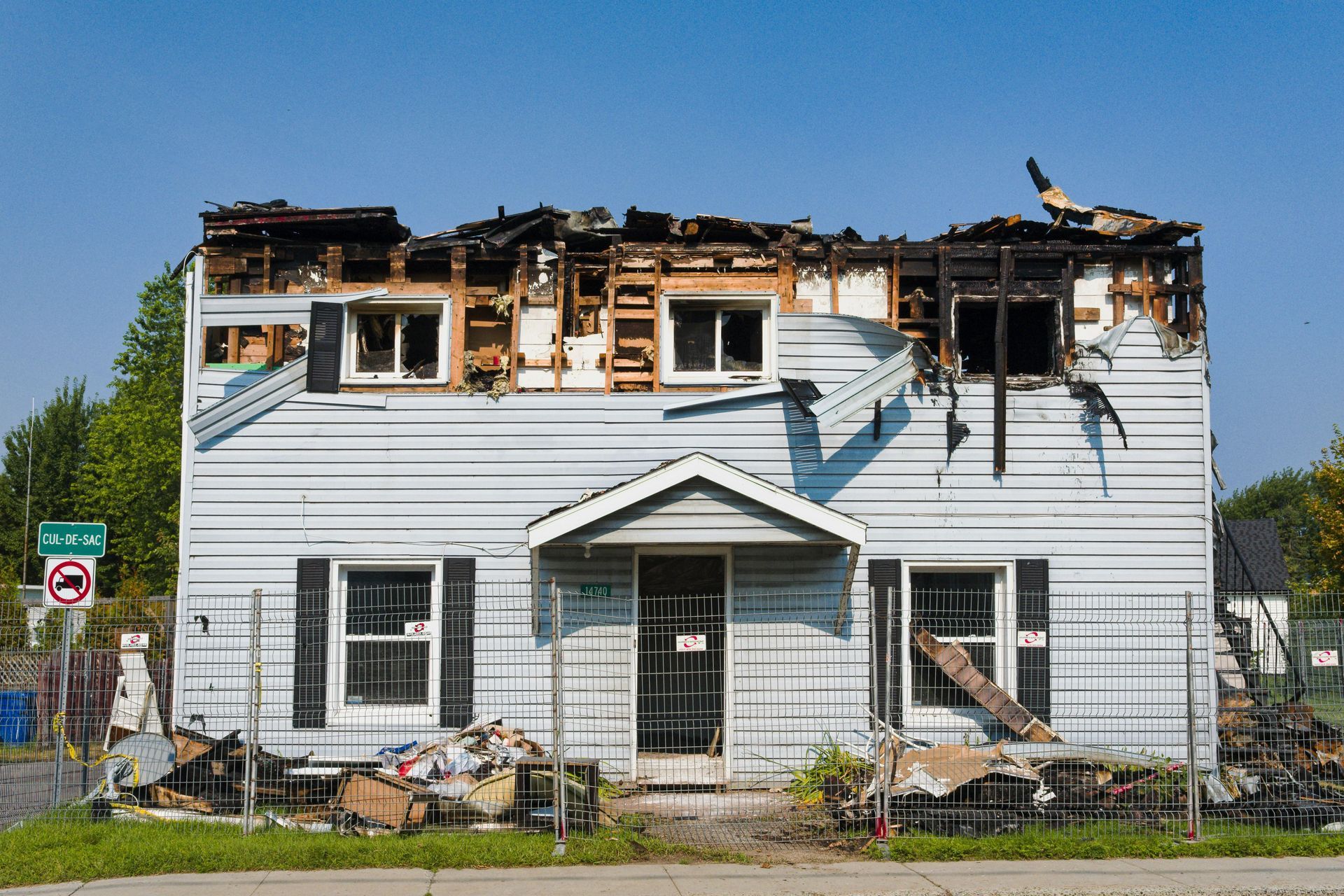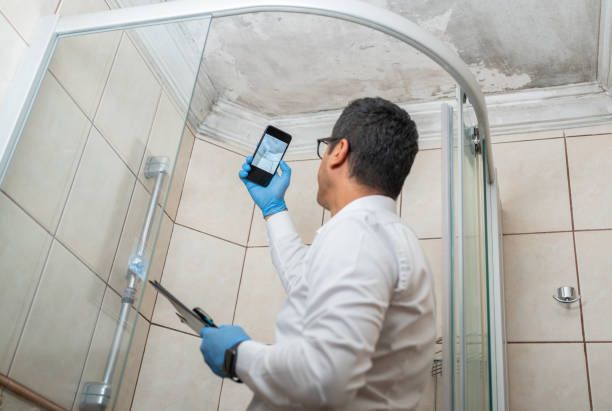How to Prevent Fire Damage in Your Home
Stop Fires Before They Start: A Guide on How to Prevent Fire Damage

Understanding how to prevent fire is crucial in every home. House fires pose a severe threat to the physical structure and belongings and the safety of the people dwelling inside. Fire damage can be devastating, leading to the loss of treasured possessions, costly repairs, and, in worst-case scenarios, loss of life. This article aims to provide essential steps to help you effectively use a fire screen, understand its importance, and integrate other measures to avoid fires.
Understanding Fire and Its Causes
Fire, a chemical reaction that releases heat and light, can quickly spread if it comes into contact with combustible materials and has a sufficient supply of oxygen. According to the National Fire Protection Association, an estimated 358,500 home fires occur in the United States each year, leading to significant damage and loss of life. Various factors contribute to these fires, and understanding them can help in preventing future occurrences.
- Cooking accidents like leaving a stove or oven unattended or experiencing grease fires are the leading cause of home fires and injuries. Unattended cookware can overheat and ignite, while oil or grease can splatter and easily catch fire.
- Electrical issues, including faulty wiring and overloaded circuits, are another significant cause. Faulty wiring can lead to overheating and ignite nearby combustibles, while overloaded circuits can cause wire insulation to melt, sparking a fire.
- Cigarettes and other smoking materials can also ignite fires, especially if discarded carelessly or if smoking occurs in bed. These elements can smolder unnoticed and ignite nearby combustibles like bedding, upholstery, or trash.
- Children playing with fire, typically involving matches and lighters, pose a significant risk. Children may accidentally start fires without understanding the dangers, often resulting in severe damage.
- Flammable liquids and gases like gasoline and propane can become sources of fire if not stored and handled properly. A single spark can ignite vapors from these substances, leading to an intense fire.
- Intentionally set fires or arson can cause substantial damage. These fires are typically set in an act of vandalism, with accelerants used to spread the fire quickly.
- Natural disasters, such as lightning strikes and wildfires, can lead to home fires. These incidents are generally unpredictable and can cause widespread damage in a short amount of time.
Fire Prevention Tips
Preventing a fire before it starts is the most effective way to avoid fire damage. By understanding and mitigating the common causes of residential fires, you can significantly reduce the risk to your home and loved ones. Here are some crucial fire prevention tips:
Ensure Smoke Alarms Are Installed and Working
Smoke alarms play a pivotal role in fire prevention. These devices provide an early warning signal, buying you crucial time to evacuate and call for help. In fact, the National Fire Protection Association reports that three out of five home fire deaths occur in residences without functioning smoke alarms. To maintain their efficiency, smoke alarms should be tested once a month by pressing the test button to ensure they are functioning correctly. Replace the batteries at least once a year or as soon as the alarm "chirps," signaling low battery power. Furthermore, smoke alarms should be replaced completely every ten years. To install a smoke alarm, mount it high on walls or ceilings and avoid locations near windows, doors, or ducts where drafts might interfere with their operation. Regular dusting or vacuuming can help keep the alarm functioning properly. By ensuring that smoke alarms are correctly installed, regularly tested, and adequately maintained, you significantly enhance your home's defense against fire damage.
Create and Practice an Escape Plan
Having an effective escape plan is a crucial aspect of fire safety. In an emergency, every second counts, and a well-rehearsed plan can be the difference between a safe evacuation and a tragedy. Begin by identifying two ways out of each room, preferably a door and a window. Ensure that doors and windows are easy to open and are not blocked by furniture or clutter. Once you have identified your exits, create a fire escape plan that outlines the quickest and safest routes to an outside meeting place that's a safe distance from your home. Regular practice is vital to ensure everyone knows the escape routes. Conduct drills at least twice a year, making them as realistic as possible to test and fine-tune your plan. Importantly, establish a designated meeting place outside, such as a mailbox or a neighbor's house. This ensures everyone can be accounted for and informs firefighters if anyone is missing.
Regularly Maintain Appliances and Electrical Wiring
Regular maintenance of appliances and electrical wiring is a critical aspect of home safety that often goes unnoticed. Faulty wires and appliances are significant contributors to home fires. Therefore, proactive steps must be taken to prevent such incidents. Begin by regularly inspecting appliance cords for damage like fraying or cracking, and replace any faulty cords immediately. Avoid overloading outlets, as this can lead to overheating. Ensure your appliances have enough space around them for adequate ventilation and heat dissipation. Never run cords under rugs or heavy furniture, as this can damage the cord and create a fire hazard. Additionally, hire a licensed electrician to conduct a thorough inspection of your home's electrical system every few years or if you notice issues such as frequent circuit breaker trips, flickering lights, or outlets that are hot to the touch. Regular maintenance and professional inspections significantly mitigate the risk of fire damage.
Properly Dispose of Cigarettes and Other Smoking Materials
Improper disposal of cigarettes and other smoking materials can be a significant fire hazard. Discarding still-smoldering cigarettes in the trash or carelessly tossing them outdoors can ignite dry vegetation, trash, or other combustible materials. To prevent fire damage, it's essential to ensure that all smoking materials are extinguished completely before disposal. Use a deep, sturdy ashtray that won't tip over easily, and fill it with sand to help extinguish cigarette butts and ashes. Ashtrays should be placed on a flat, stable surface where they cannot fall over and ignite nearby items. Never extinguish cigarettes in plant pots, as peat and plant fertilizers can easily catch fire. Before discarding ashes in the trash, douse them in water or let them sit for several hours to cool down. Always remember that it's better to be overly cautious when disposing of smoking materials. By adopting these practices, you can significantly reduce the risk of fire damage.
Don't Leave the Food Unattended When Cooking
Unattended cooking is a leading cause of home fires and fire injuries. When food or cooking oil gets too hot and catches fire, it can quickly spread flames to other areas, causing severe
fire damage. It's critical to stay vigilant while food is cooking, especially when frying, boiling, grilling, or broiling food. Always stay in the kitchen when you are cooking, and use a timer as a reminder that the stove or oven is on. If you need to leave the kitchen, even for a short period, turn off the stove. Keep anything that can catch fire — oven mitts, wooden utensils, packaging, curtains — away from the stovetop. Heat oil gradually and add food gently to avoid splatter and potential ignition. Always keep a lid nearby when cooking to smother small fires. By following these precautions, you can prevent fire damage and ensure a safe cooking environment.
Use Caution When Using Candles or Space Heaters
Candles and space heaters, while offering warmth and ambiance, can pose serious fire risks if not handled properly. Candles should always be kept at least 12 inches away from anything that can burn and never left unattended or within reach of children or pets. It's also crucial to extinguish candles before leaving a room or going to bed. When using space heaters, place them on a solid, flat surface, away from walkways or any flammable materials such as curtains, upholstery, or rugs. Always maintain a 3-feet safety zone around the heater. Never use an extension cord with a space heater, as it can overload the circuit and cause a fire. Just as with candles, never leave a space heater unattended. Switch it off when you're leaving a room or going to sleep. By taking these precautions, you can enjoy the comfort of candles and space heaters while minimizing the risk of fire damage.
Safely Store Flammable Materials
Safeguarding your home from fire damage extends to the careful storage of flammable materials. These substances, encompassing items such as gasoline, paint thinners, and certain cleaning products, can cause fires if improperly handled or stored. To prevent fire, store these materials in a cool, dry place, well-ventilated, and away from heat sources like furnaces, water heaters, or direct sunlight. It's essential to keep them in their original containers with intact safety seals, which are designed to prevent leaks and contain harmful vapors. Always ensure the containers are tightly closed when not in use to reduce the risk of combustion. If you must transfer them to a different container, use only approved canisters that are clearly labeled with the contents and potential hazards. Never store flammable materials near living spaces or where open flames are likely to occur, such as near fireplaces or grill areas. Proper storage not only prevents fire but also keeps your living environment safe.
Fire Safety Equipment
Having the right fire safety equipment in your home can make all the difference when it comes to preventing fire damage.
- Smoke alarms are the first line of defense, alerting occupants to the presence of smoke and providing critical time to escape. It's recommended to install them on every level of the home, especially near bedrooms.
- Fire extinguishers are essential for suppressing small, manageable fires, potentially preventing more substantial damage. Keep one in the kitchen, garage, and on each floor for easy accessibility.
- Fire blankets, made of fire-resistant materials, are ideal for smothering fires, particularly kitchen fires, and can also be used to wrap around a person whose clothes are on fire.
- Sprinkler systems offer an automated response to fire. When triggered by heat, they douse the area with water, often extinguishing a fire before it can spread. Each of these tools plays a unique role in fire prevention and response, and all are recommended for comprehensive home fire safety.
Dealing With Fire Damage? Call North Eastern Restoration!
If you've experienced fire damage, don't despair!
North Eastern Restoration is your reliable partner during these tough times. Our highly skilled and responsive team works tirelessly to restore your property to its original state, minimizing inconvenience and financial strain. We offer a comprehensive suite of restoration services, from
smoke damage cleanup to structural repair. Don't let the aftermath of a fire overwhelm you. Allow us to bring peace and order back to your life. Call us at North Eastern Restoration today – because we're not just restoring properties, we're restoring peace of mind. Take the first step towards recovery now!
